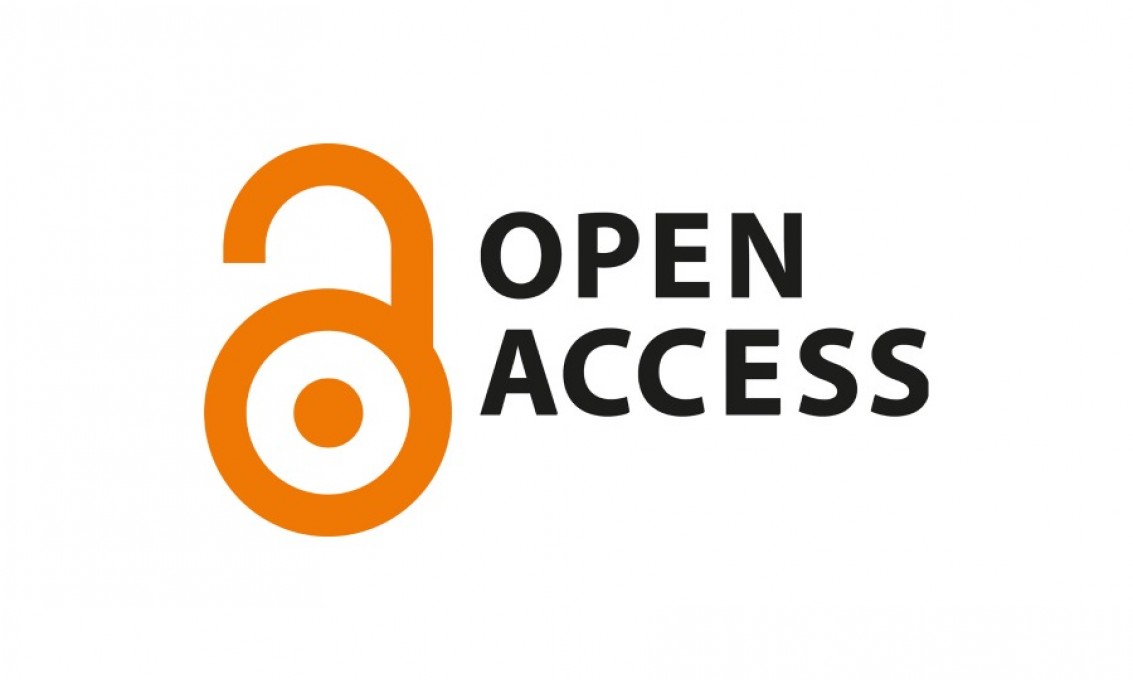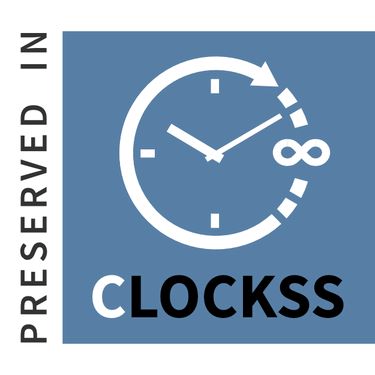Effect of training curriculum in terms of heart rate to develop endurance, special tolerance and some functional abilities of football players
DOI:
https://doi.org/10.54702/msj.2020.19.1.0087Keywords:
special tolerance, functional abilities, footballAbstract
The game of football, which is characterized by speed, strength and excitement, has attracted millions of players or trainers, researchers or scientists, and the best level that can be achieved in accordance with the integration of physical, technical, planning, physiological, psychological and interrelated with each other, as the benefit of the availability of capacity at the expense of other capacity Of the aforementioned capabilities, as well as the fact that the game of football in which the player performs a variety of movements vary performance, and depending on those changes, the energy systems used are also changing, and through the follow-up Iraqi league organized by the Iraqi Central Football Federation, As one of the researchers fitness coach of the club for the manufacture of one of the Premier League teams for the 2015/2016 season, we noticed a decline in the level of performance of the players of the league, so the researcher considered this problem by using a new training training (pulse method) in the training curriculum on a sample of Premier League football clubs and develop appropriate solutions to them.
Based on the above, the researchers saw the design of a training curriculum in terms of pulse through a scientific approach aimed at developing endurance and endurance (bearing speed, carrying power), which gives the player the ability to resist fatigue caused by special loads, and maintain the level of performance as possible and prevent falling level As well as studying its effect on the ability of oxygen and longoxic and long (vo2max), and the researchers hope to contribute to the addition of some training information for coaches concerning the training of football by adopting a method to raise the level of performance of players, which was designed on the basis of The objectives of the research were to identify the impact of the training curriculum in the sense of pulse in the development of endurance and endurance (speed handling, power handling) of the players of the Premier League football, and I assume The researchers found significant differences between the results of the tribal and remote tests in the research sample in the development of endurance, endurance, oxygen, longoxicity and vo2max.
The areas of research were the human field, which consists of (20) players of the Premier League football for the football season 2015-2016, for the period from 1/8/2015 until 1/10/2015, and the spatial area represented at the Stadium of the Sports Industry Club.
The researchers concluded the following conclusions:
1-The training curriculum in terms of the pulse used positive effect in the development of endurance and endurance (speed, carrying power) in the members of the research sample.
2-for the training curriculum in terms of pulse used positive impact in the development of long-term power in the research sample members.
3-for the training curriculum in terms of pulse used positive impact in the development of oxygen capacity in the members of the research sample.
4-for the training curriculum in terms of pulse used positive effect in the development of vo2max in the members of the research sample.
The following recommendations were made:
1-Adopting the curriculum designed by the researcher in the training and development of physical qualities under study.
2-The training can be adopted in two ways (time, pulse) in developing the maximum speed of your endurance (bearing speed, carrying power).
References
- Abo Al-Ula Abdul-fattah. (1982). Sport Biology. 1st edition, Dar Al-fkr Al-araby, Cairo.
- Abo Al-Ula Abdul-fattah & Mohammed Subhi Hasaneen. (1997). Physiology and morphology of the athlete and measurement methods for evaluation. 1st edition, Dar Al-fkr Al-araby, Cairo.
- Hamdi Ahmed Ali & Ghazi Al-Sied Yousif. (1990). The effect of physical load on some functions of the circulatory system and blood components in young gymnasts and football players. Scientific journal of physical education, issue 5, physical education college for men, Helwan University.
- Saad Munim Al-sheikhly. (2000). Studying performance effectiveness and its relationship to some functional indicators for football players. PhD thesis, physical education college, Baghdad university.
- Talha Hussam Al-deen. (1994). Motor and functional foundations of sports training. Dar Al-fkr Al-araby, Cairo.
- Issam Abdul-khaliq. (1999). Sports training, theory, applications. 6th edition, Dar Al-fkr Al-araby, Alexandrea.
- Qassim Hasan Hussein. (1985). Fitness training and sports technique for sports. Dar Al-kutub for printing and publishing, Mosul University.
- Qassim Hasan Hussien. (1990). Physiology, its principles and applications in the sports field. Dar Al-hikma for printing and publishing, Mosul.
- Mohammed Subhi Hasaneen. (1995). Measurement and evaluation in physical education and sports. Chapter 1, 3rd edition, Dar Al-fkr Al-araby, Cairo.
- Mohammed Ubadi Abid. (2003). The effect of developing personal endurance on controlling running steps and completing the 400-meter hurdles. Master thesis, physical education college, Babil University.
- Mohammed Ali Ahmed Al-Qut. (1999). Functions of sports training organs, an applied introduction. Series of Arab Thought in Physical Education and Sports, number 12, 1st edition, Dar Al-fkr Al-araby, Cairo.
- Nahid Ali Mohammed Ali & Emilia Mohammed Abdo. (1987). Physiological effects associated with types of motor expression and the level of performance of female students at the College of Physical Education for Girls in Zagazig. Research papers of the First Scientific Conference on Physical Education and Championship, Faculty of Physical Education for Girls in Cairo, Helwan University, Volume Three.
- Gene M. Adams, Exercise: physiology Laboratams Manual, Wm. Brawn publishers, U.S.A,1990.
Downloads
Published
Issue
Section
License
Copyright (c) 2021 Modern Sport

This work is licensed under a Creative Commons Attribution 4.0 International License.














